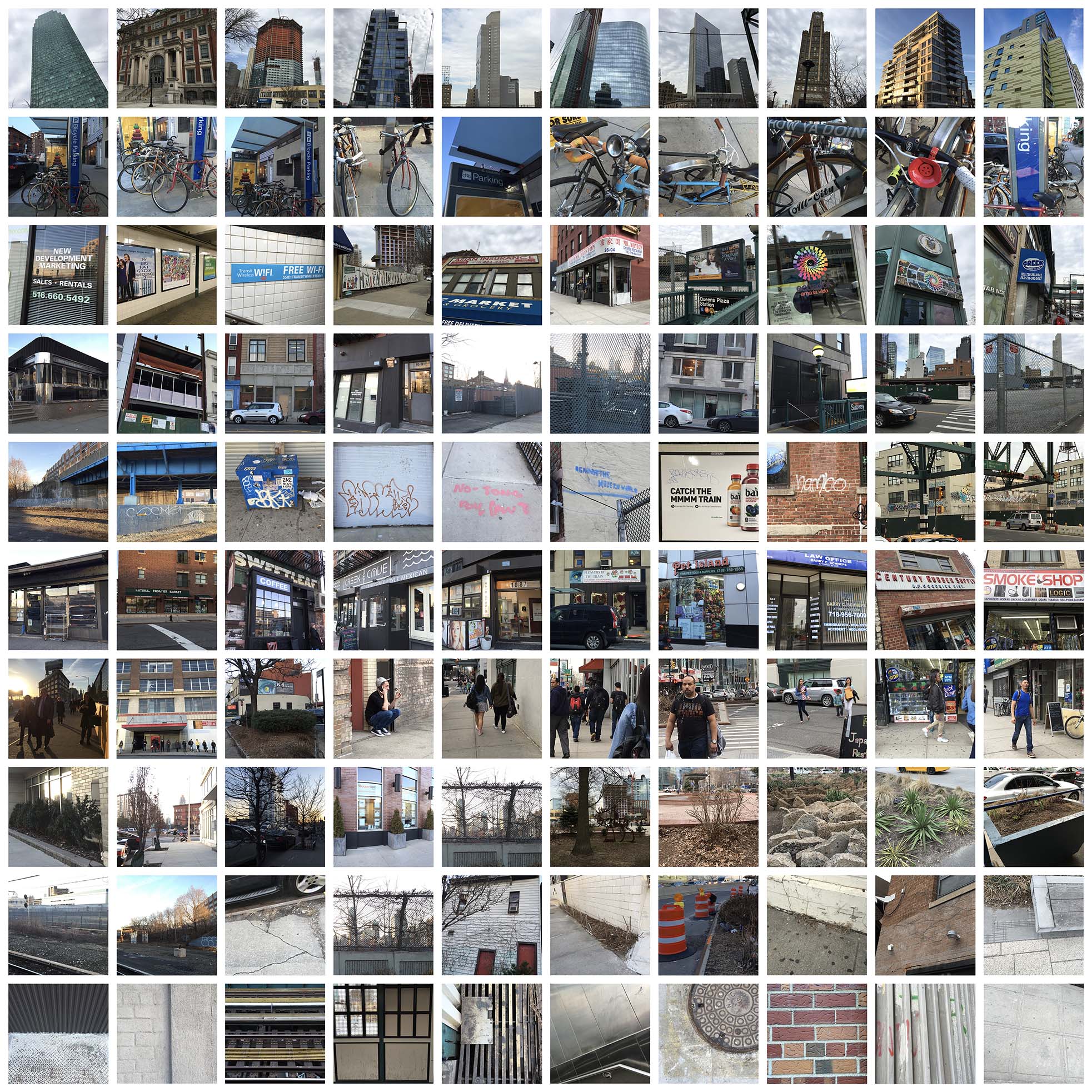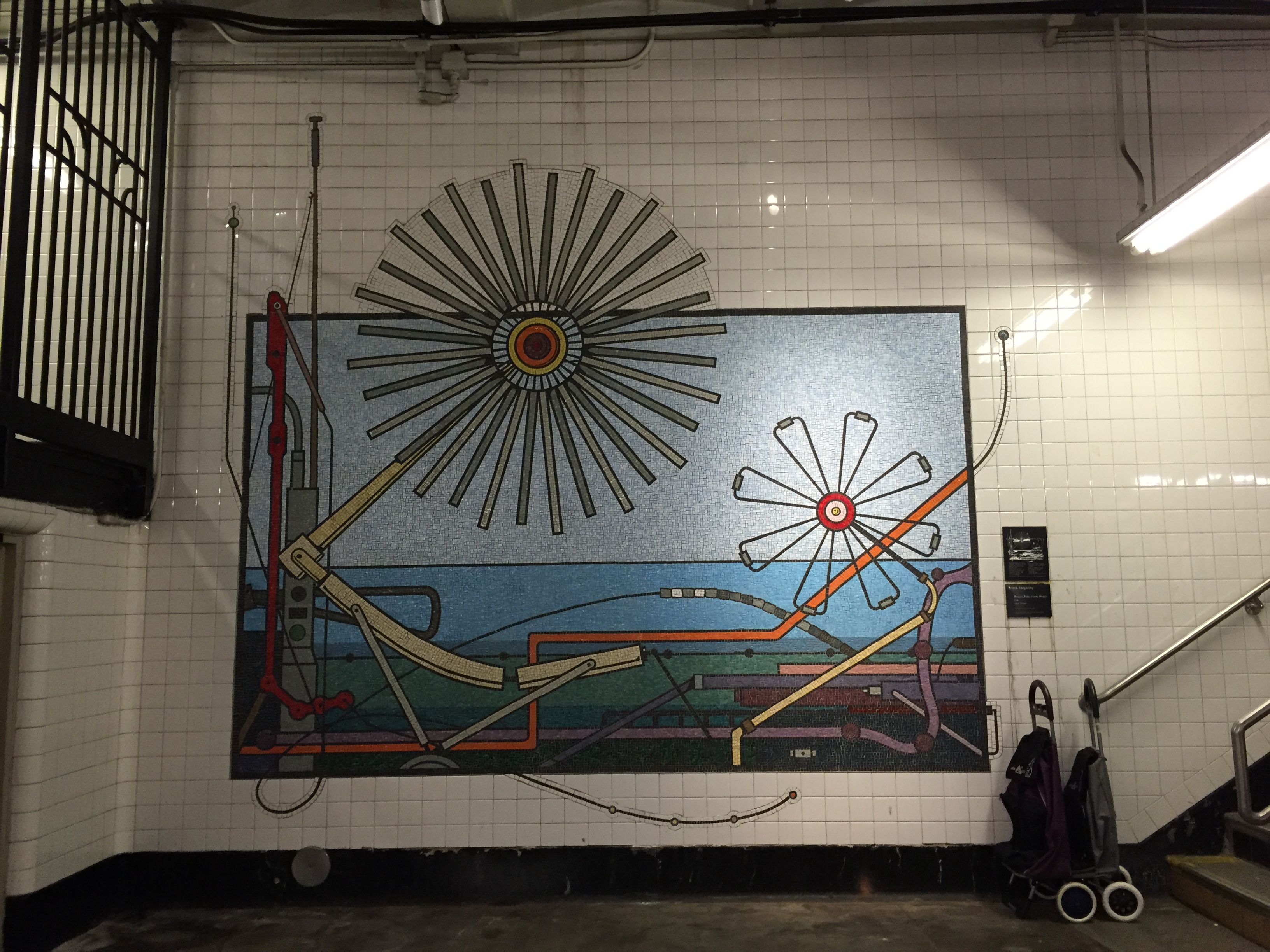
Long Island City dates back to the early 1630s In 1898, Long Island City officially became part of New York City, expanding its borders to include what is now Queens, and it is the westernmost residential and commercial neighborhood of Queens. Once an epicenter of manufacturing, Long Island City is now home to one of the City’s most exciting art scenes where the industrial buildings have been transformed into galleries, museums and studios. There is a fast-growing residency as well as restaurants, shops, waterfront parks and performance venues. The area was known for its rich soil and supported a strong farming tradition which continued in Queens until the 19th century. However, Long Island City keeps its ZIP code of 11101. The East River borders the neighborhood on the West. Long Island City was the home of 5 Pointz, a building housing artists’ studios, which was legally painted on by a number of graffiti artists and was prominently visible near the Court Square station on the 7 trains. The 5 Pointz building was painted over and demolished starting in 2013.
Demographics:
Total Population: 68,117
34,403 female and 33,714 male
Median Age: 34 years old
1% Native American/Indian, 10% African American, 15% Asian or Pacific Islander, 52% White, 9% Mixed race, and 5% Other
White collar: 31,986
(Work performed in an office, cubicle, or other administrative setting)
Blue Collar: 19,296
(Jobs that require manual labor)
What are the local landmarks or places of historical significance?
Pulaski Bridge over Newtown Creek: Carries six lanes of traffic and a pedestrian sidewalk over Newton Creek and the Long Island Expressway. It is orientated north-south and connects Greenpoint in Brooklyn to Long Island City in Queens. It also has a pedestrian sidewalk and was opened to traffic on September 10, 1954. The bridge underwent reconstruction in 1994, which costed approximately $40 million. The project included new roadways and an upgrade of the bridge’s mechanical and electrical systems.
Rafferty Triangle Monument: It was dedicated to Captain Rafferty of Long Island City in 1932, at the intersection of 44th Drive and Hunter Street. It was dedicated on Memorial Day in 1937. The monument is a decorated soldier of the Spanish-American War and a hero of the Battle of San Juan Hill. After the war, he returned to Long Island City where he worked.

My Art Work:
The installation by Tricia Keightley at the Hunters Point Avenue subway station in Queens, New York is a glass mosaic. The piece is of a machine created by the artist’s imagination. There is a juxtaposition between the warm colors of the machine placed against the cool hues of the naturalistic background. Keightley’s use of geometric shapes is a reoccurring theme throughout the artwork. The horizontal lines, along with the emanating shapes on either side of the piece add a sense of movement to the composition. There is a dark border surrounding the landscape in the mosaic. However, the larger flower-like form falls outside and disrupts the border. There are also a few additional lines that slip out of the border as well. These disturbances to the border make the piece feel more free-flowing and not so enclosed. The radiating flowers in the mosaic are representative of turnstiles in the subway stations. The art piece is located on the wall across from the Manhattan bound 7 train track. It is the first thing passersby walk across when going down the stairs to the train. After they physically go through the turnstiles at the entrance of the subway station, they also pass the flowers on their way to the train. The flower on the left side of the mosaic is a modern interpretation of the current turnstile whereas the right flower is a representation of the turnstiles that existed when the station first opened in 1916. Side by side, these two “flowers” show all the years that this subway station has provided a mode of transportation for the people New York City. This particular station is located in Long Island City, Queens. This area used to be a manufacturing and distributing region of the city. The machine shows the industrial nature of the area. The reason parts of the machine go outside of the border is to show that Long Island City is a growing city and will continue to grow and expand from its industrial roots. This glass mosaic is the only artwork by Tricia Keightley that was created using this method and medium. She normally works with paint, acrylic on canvas, and paper. Although all her work is done with the same technique. They all have a common theme of simplistic geometric shapes that come together to form some sort of machinery. Keightley’s use of positive and negative space make her pieces seem very clean and simple. I think that making the subway art a mosaic that is fixated onto the wall was a successful take on a different approach. Since the surrounding wall that the mosaic is inlaid in is also composed of white tile, the artwork is incorporated into the subway walls. I especially liked how the space in between the flower petals that are offset from the border, are also made of the smaller mosaic tiles and not just the large tiles the wall is made of. The smaller tiles create an aura around the flower, giving the illusion that the petals are moving or vibrating. Due to the location of the mosaic, it is easily neglected by the people who pass by it everyday. Since it is situated on the lowest level of the subway station, on the side with the Manhattan bound train, not everyone who takes the subway will see it. Also, the staircase that leads to the wall where the mosaic is on, is one of the two stairways to the lower level. The artwork is only apparent if the person goes down the left side of the two stairs. Furthermore, there is another wall adjacent to the mosaic on the left hand side. Passersby can only see the artwork when they are directly facing it or if the piece is viewed from the right side. Although the location of the mosaic limits the amount of people who can see it, those who passed by it did not even acknowledge it. Since the artwork is at the bottom of the stairs to the right side, and the train is on the left right across from it, most people make a quick left to catch the train. The art piece works really well with the community it is in. Long Island City is a very industrial area. When I think of L.I.C. I imagine it being very busy, a lot of cars and trucks, constant traffic, and tall buildings. It is a lot more urbanized than many other cities in Queens. However, Long Island City is a rapidly growing region. The neighborhood is expanding and lots of people are moving there. The mosaic by Tricia Keightley does a great job portraying the mechanical genesis of this rapidly growing city.